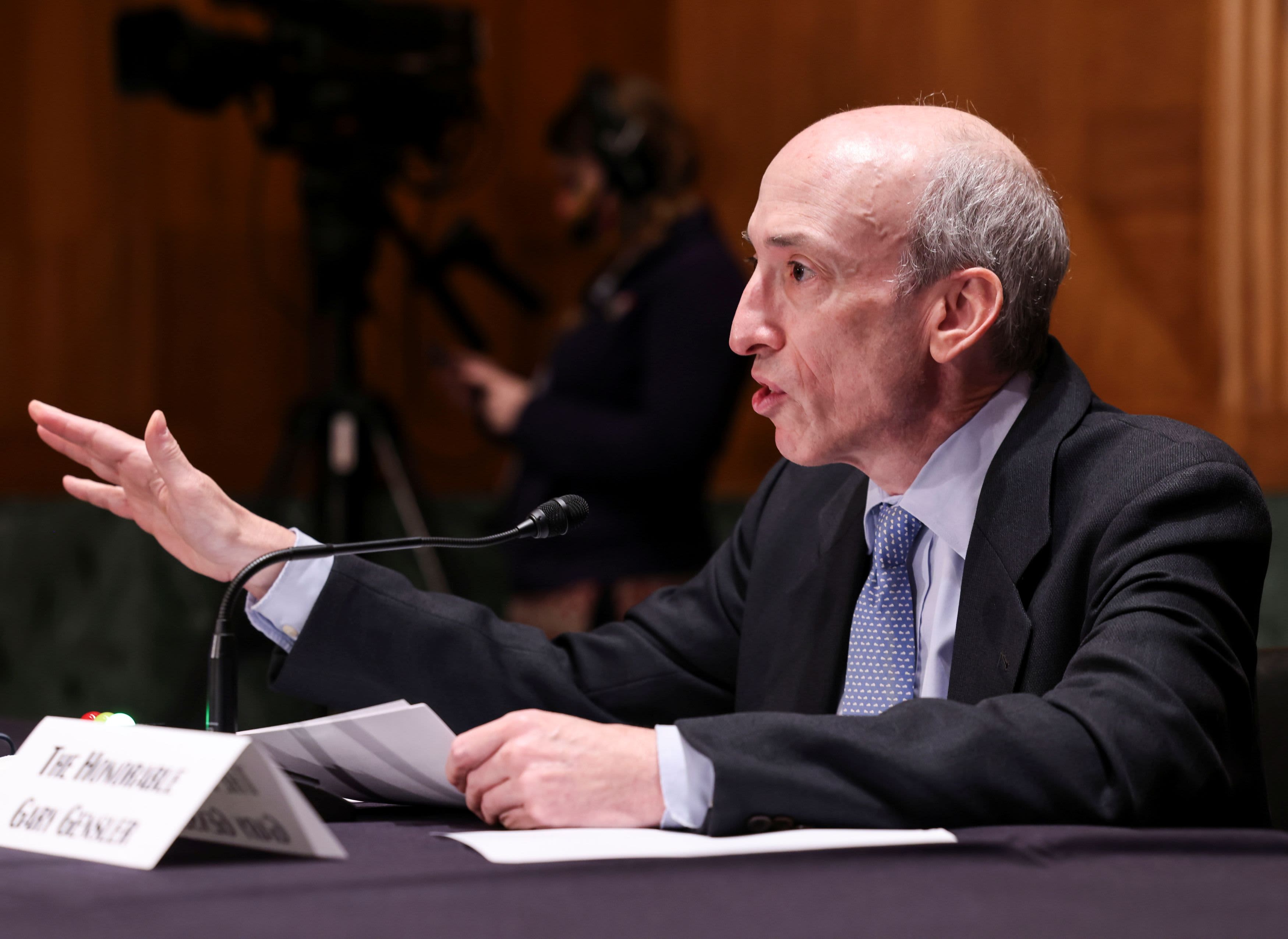Bitcoin Ordinals Are Creating a Buzz – What Are They? – Cryptopolite
Bitcoin Ordinals seem to have taken the power of Web3. Since software programmer Casey Rodarmor unveiled the protocol on January 21, the space has been abuzz, with some excited about the new improvement and others banning Ordinals outright. At the time of writing, there are fewer than 40,000 Bitcoin Ordinals despite their notoriety.
So why are Bitcoin Ordinals so rare? The vast majority of individuals do not even know how to buy them, let alone produce them. With greater barriers to entry, there are many possible options. However, this involves greater dangers.
What are Bitcoin Ordinals?
Each Bitcoin is divided into 100,000,000 satoshis (or sats). The new Ordinals protocol allows Bitcoin node operators to enter each site with data, generating an Ordinal. This Bitcoin data can contain smart contracts, which in turn enable NFTs as well. Ordinals are NFTs that can be created directly on the Bitcoin blockchain.
That’s the gist of it, but there are a few key differences between NFTs and Bitcoin Ordinals. NFTs on Ethereum (or an Ethereum Virtual Machine blockchain) often point to off-chain data on the Interplanetary File System (IPFS) – a decentralized file storage system that works similar to Blockchain’s hard drive – and can be modified using dynamic metadata.
To increase image quality, for example, some NFT projects update the metadata of individual NFTs. They can even request that their holders click the “update metadata” button on OpenSea to get the latest, higher quality image.
This ability to change an NFT’s information alluded to a mistake Rodarmor tried to address when he developed the new protocol. According to Rodarmor, NFTs are “incomplete” since many require off-chain data. Ordinals, on the other hand, are “complete” in the sense that all data is recorded immediately in the chain.
This is why Rodarmor refers to them as digital artifacts rather than NFTs. Furthermore, NFTs often include author fees, while digital artifacts do not. An Ordinal, according to Rodarmor, “is designed to mirror what NFTs should be, sometimes are, and what inscriptions always are, by definition.”
All of this is to suggest that Ordinals on Bitcoin may not only represent a cultural shift for Bitcoin, but they may also be a technical improvement over NFTs. With that in mind, here’s how to buy, receive and store your first regulars.
Bitcoin Ordinals are picking up a new trend
BitMEX, a crypto derivatives firm, has discovered over 13,000 Ordinals NFTs on the Bitcoin blockchain, indicating that interest in a relatively new flavor of non-fungible tokens is expanding rapidly. According to a blog post published by the firm’s research arm, 13,000 Ordinals were minted or “inscribed” between the launch on December 14th and February 7th.
Ordinal’s growing popularity has infuriated well-known Bitcoiners such as Rene Pickhardt, who accused the Ordinals community of “spamming” the most widely used blockchain with large JPEGs. Pickhardt and other critics have statistics to back up their claims. Ordinals made up less than 3% of total Bitcoin transactions on Wednesday, but they used about 70% of Bitcoin block space.
So far, the most prominent is Bitcoin Ordinal Ordinal Punks, which consists of 100-pixel avatars that have been “inscribed” on Bitcoin via the Ordinals project and can be sold. However, unlike some previous Punks clones, they are not direct clones of the original CryptoPunks collection.
Someone on Crypto Twitter claims that Ordinal Punks is built on Mutant Punks, a derivative Ethereum collection – in other words, a derivative of a derivative.
As of late Wednesday, an Ordinal Punk was selling for 9.5 BTC, or about $215,000. While that’s roughly double the entry level for a real CryptoPunk—currently at 64 ETH, or over $106,000—the specific Ordinal Punk is based on extremely unusual alien CryptoPunks, who have sold as much as nearly $24 million in ETH in the past.
In another case, pseudonymous NFT collector and investor dingaling tweeted that he bought a bundle of seven Bitcoin Ordinal Punks for 15.2 BTC on Wednesday, which was around $349,000 at the time.
However, because Ordinals are new and work differently than traditional NFTs on other platforms (such as Ethereum and Solana), there is not much infrastructure in place to enable the buying and selling of the assets once specified. In other words, there are currently no NFT marketplaces for Bitcoin Ordinals.
The Ordinals project has engulfed the Bitcoin community, raising new arguments and questions about the Bitcoin network’s ultimate purpose. For some, Ordinals created a Pandora’s box of Bitcoin network risks, such as malware and sky-high transaction fees.
While the argument about Ordinals continues, inscriptions on the Bitcoin blockchain are clearly here to stay, whether Bitcoin maxis like it or not.


